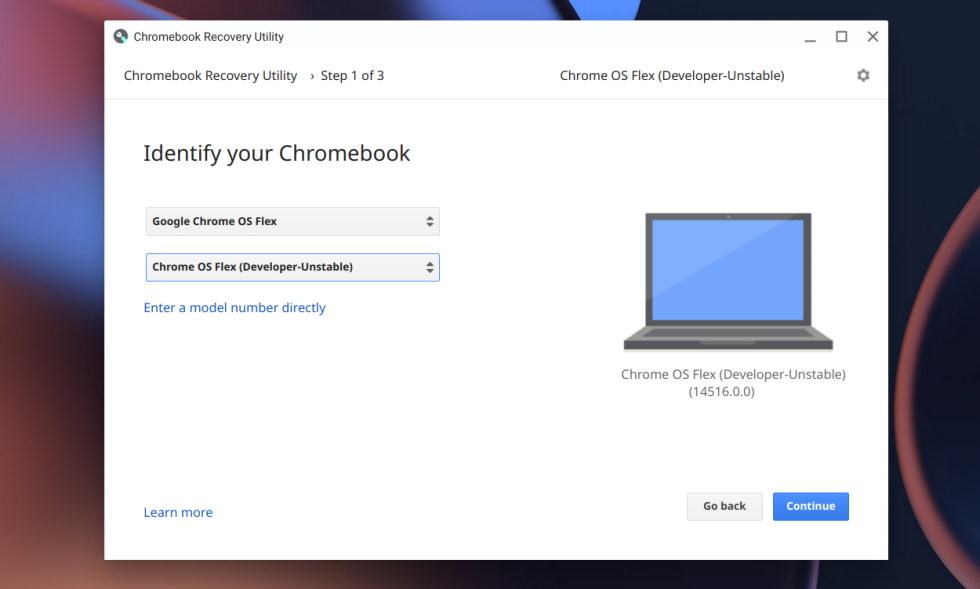
Aurich Lawson
October 14, 2025, marks the end of support and security updates for the Home and Pro versions of Windows 10. That means it’s also the end of official guaranteed feature and security updates for Windows PCs that don’t meet Windows 11’s hardware requirements.
Viewed from early 2022, that date is still comfortably far off. Many Windows 10 PCs will break over the next three and a half years, and plenty of people who want to upgrade to nicer or faster hardware will have opportunities to do so. But those who enjoy repairing, maintaining, and upgrading older hardware to keep it useful will be peering over the edge of that Windows 10 update cliff before they know it.
So what happens to that hardware when Windows 10 goes away? Running Windows 11 on unsupported hardware is one possible solution, but we have no idea how long Microsoft will allow users to install, run, and update Windows 11 on older PCs. The company could cut off these computers’ security updates tomorrow, or it could allow them to run the new OS indefinitely. That uncertainty is hard to plan around.
Switching to a Linux distribution—particularly the more user-friendly distributions like Ubuntu, Mint, or Elementary OS—is another option. But “user-friendly” is relative, and any Linux distribution can have parts that are obtuse and difficult for newcomers to learn. And let’s face it, if a Linux distribution was going to truly compete with and succeed against Windows on consumer desktops and laptops, it probably would have by now.
Enter Chrome OS Flex, a Google-blessed and -supported version of the company’s lightweight operating system that will run on most standard PC hardware. Flex is a successor to CloudReady, a Chromium OS-based product that Google purchased in late 2020 and that we’ve covered since its very early days as a way to make aging PCs into ersatz Chromebooks.
Chrome OS (which is also Linux-based but is mostly trying to hide it) has managed to find a toehold in the Windows-and-macOS-dominated world of consumer PCs thanks in part to its simplicity, the backing of a large and well-resourced company, and its easy-to-use management tools for schools and businesses. And with Flex, Google is offering those organizations the opportunity to switch their Windows laptop fleets to Chrome OS fleets virtually overnight while also giving users of aging PCs an alternative OS to try.
We’ve downloaded and installed the first developer version of Chrome OS Flex and read through all of its documentation to figure out the kind of hardware it will run on and how it’s different from the CloudReady operating system it’s replacing.
Beware: Beta

Andrew Cunningham
You’ll find Chrome OS Flex listed among all the “real” Chrome hardware in the official Chromebook Recovery Utility. Select Chrome OS Flex as your device manufacturer and the dev channel build of Flex will show up. There’s no need to download different images for different devices or CPU types. The installation documentation is pretty clear and has plenty of details if you need them.
The dev channel build of Flex, based on Chrome OS version 100, is clearly a pretty early version of the operating system. It’s still labeled as “CloudReady” in more than one place, and Google’s list of certified models is filled with reminders that you should expect minor or major issues. As with CloudReady, it’s possible to run Chrome OS Flex entirely from the USB install drive if you want to try the OS without formatting your internal storage, and that’s what we’d recommend for now.



